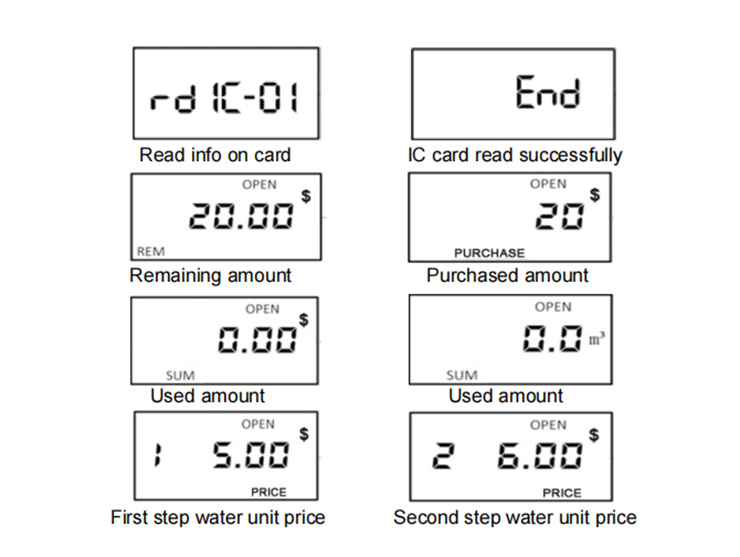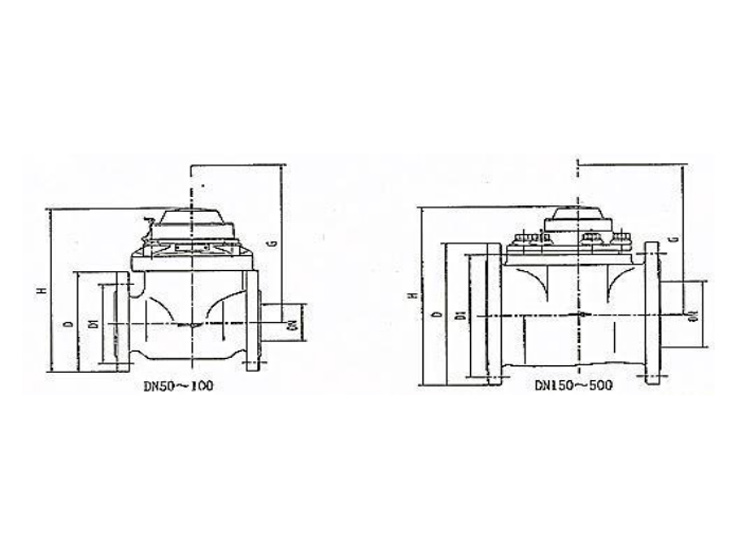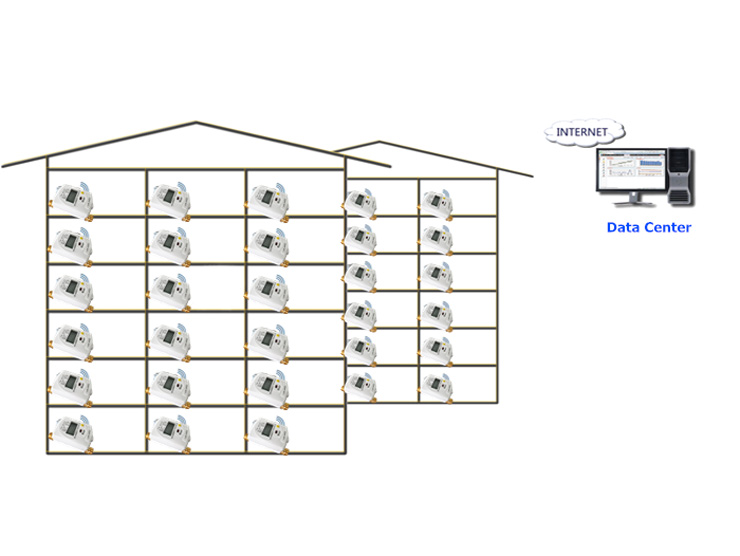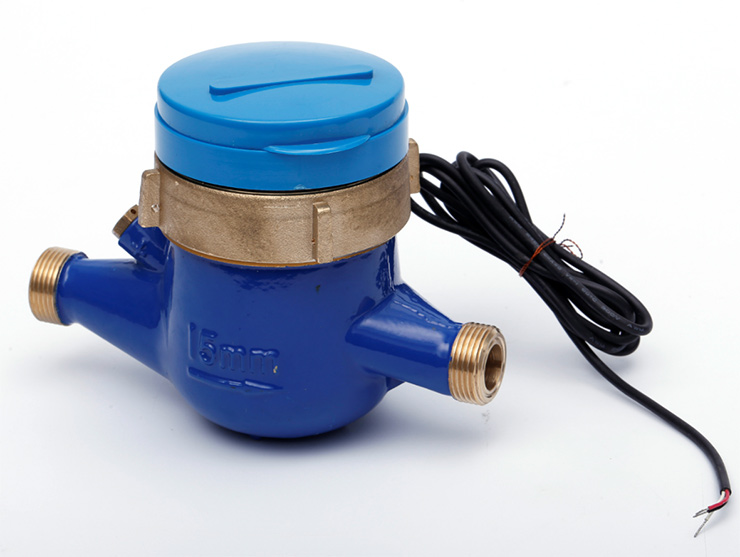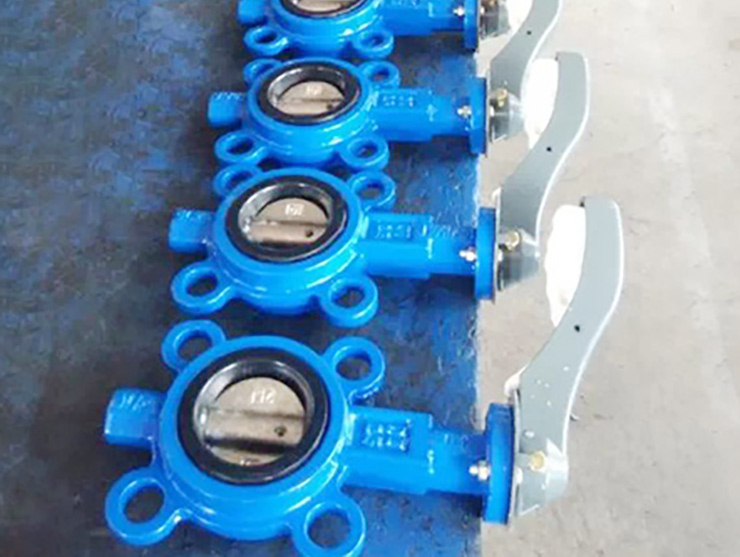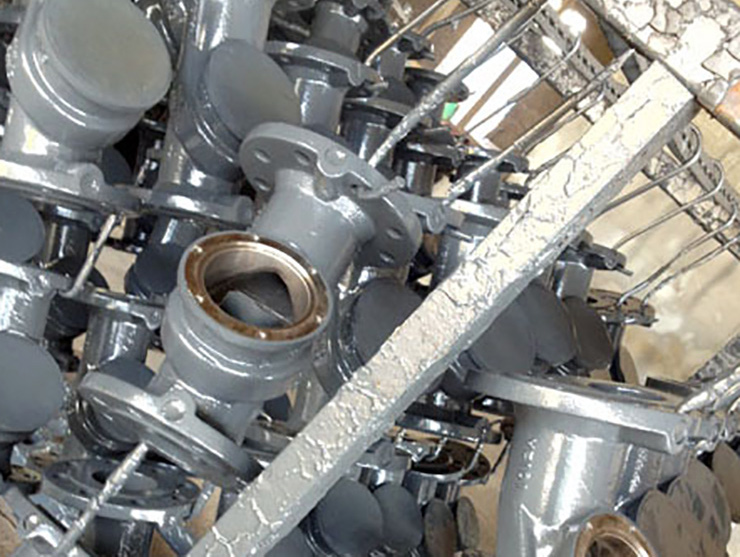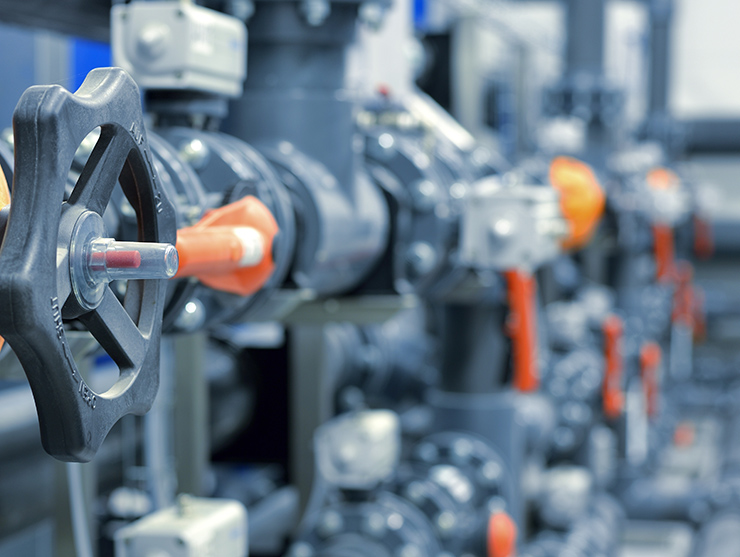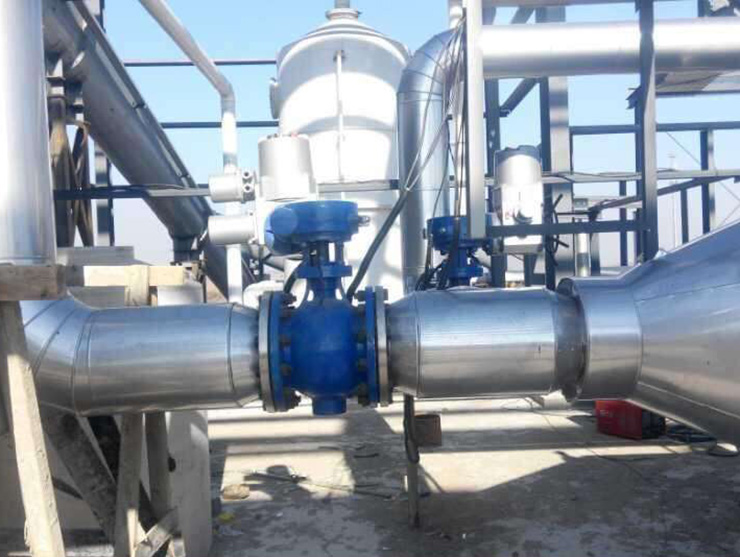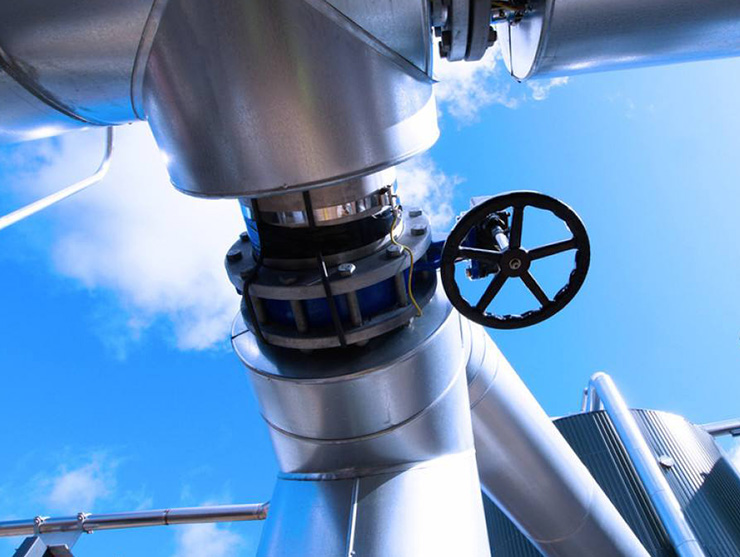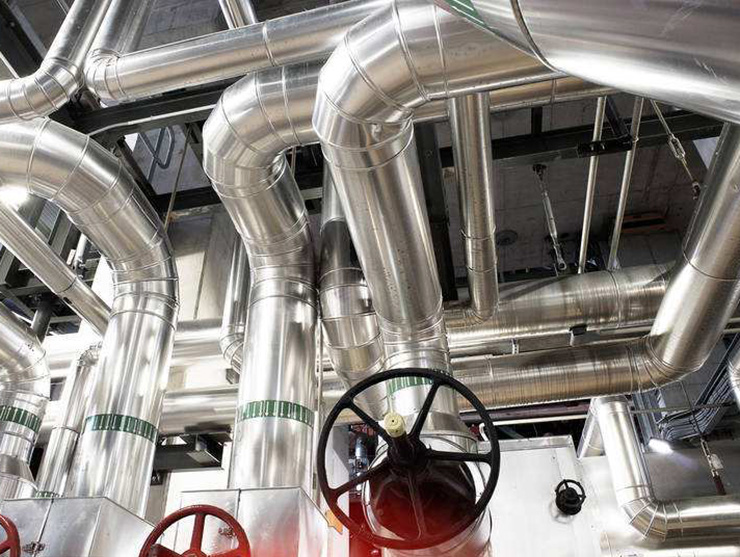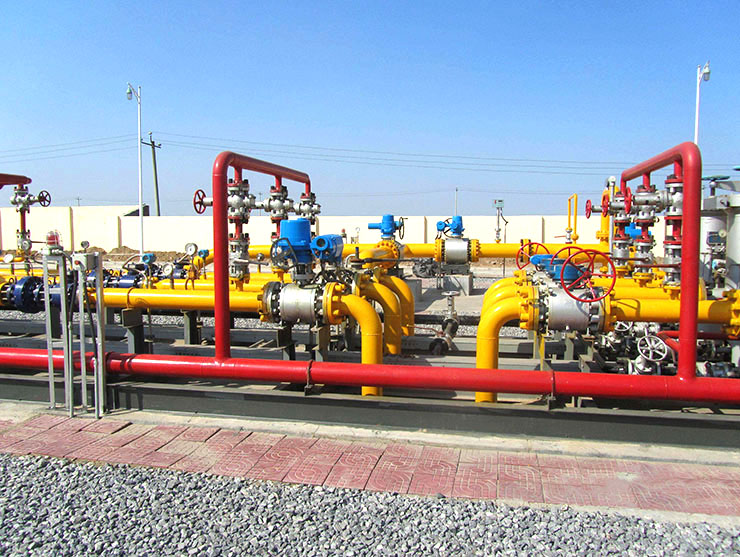News
Knowledge of the use of electric valves
First, electric valves are usually composed of electric actuators and valves. The electric valve uses electric energy as power to drive the valve through the electric actuator to realize the switching action of the valve. Thereby achieving the purpose of switching the pipeline medium.
The solenoid valve is an electric valve; the magnetic field generated by the electromagnetic coil is used to pull the spool, thereby changing the opening and closing of the valve body, the coil is de-energized, and the spool is returned by the pressure of the spring. The analog adjustment of the flow of the pipe medium in liquid, gas and wind systems is AO control. Gongliang valves can also be used to control the two-position control of electric valves in large valves and wind systems.
Second, electric valve operation precautions
- Start, confirm the clutch handle is in the corresponding position
- If the electric valve is controlled in the control room, turn the transfer switch to the large REMOTE position, and then control the electric valve switch through the SCADA system.
- If the controller is manual, place the transfer switch in the LOCAL position and operate the switch on the electric valve in the field. When the motorized valve is in or closed, it will automatically stop working. Finally, running the replacement switch will be hit in the middle position.
- When using the valve in the field, the valve opening and closing commands and valve stem operation should be monitored. The degree of opening and closing of the valve should meet the requirements.
- When using the field operation to close the valve completely, stop the electric shut-off valve and use the micro-motion to close the valve before the valve closes.
- For the valve, when the valve fully opened or closed after setting the stroke and over-torque controller, we need pay attention to monitor the stroke control. If the valve switch does not stop at this position, stop it manually.
- In the process of opening and closing the valve, if the signal indicator is found to be wrong and the valve has abnormal noise, stop the inspection in time.
- After the operation is successful, the power of the electric valve should be turned off.
- When operating multiple valves at the same time, pay attention to the operation sequence and meet the production process requirements.
Third, the electric valve is in operation, all kinds of valve parts should be intact. Flange, threads and bolts on the bracket are essential and the threads should be intact and should not allowed loosening. If loose, tighten the tightening nut on the hand wheel to avoid wearing the joint or losing the hand wheel and nameplate. If the hand wheel is lost, it is not allowed to replace it with a wrench. The packing gland does not allow tilting or pre-tightening clearance. For electric valves that are susceptible to rain, snow, dust, sand, etc., the valve stem should be equipped with a protective cover. The scale on the electric valve should remain intact, accurate and clear. Lead seals, covers, pneumatic fittings, etc. for electric valves should be completed. The insulation sheath should be free of dents and cracks. It is not allowed to hit, stand or support heavy objects on the operating electric valve; it is forbidden to use non-metallic electric valves and cast iron electric valves.


